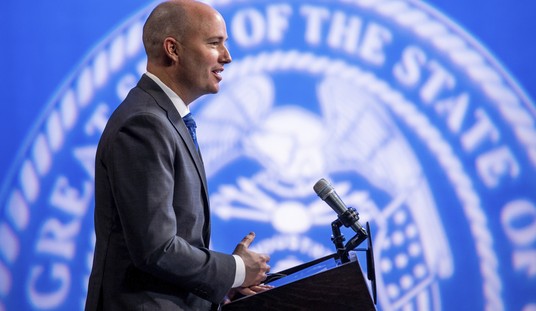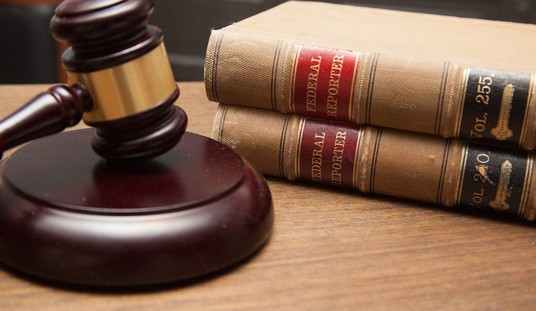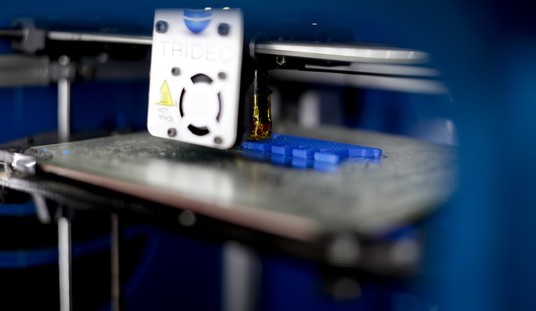Previously published at Family Security Matters
The HBO series, “The Pacific,” has spawned a number of questions from friends (primarily my non-military buddies) who have asked, “Is the Marine Corps part of the Navy, or is the Navy part of the Marines. Why do we Marines have an anchor as part of our emblem? And why was one of the first casualties among the Marines depicted in the HBO series, in fact a sailor?”
The short answer is the Marine Corps is by tradition an “amphibious corps” of the Navy, with duties – over the past 234-plus years – ranging from service as Naval infantry (which has since evolved into an elite combined-arms expeditionary force) to service as Naval security forces, to all sorts of other interconnected Naval support and operational responsibilities. And it is a reciprocal thing wherein sailors – who serve in the capacity of hospital (medical) corpsmen, physicians, dentists, chaplains, etc. – support Marines and Marine operations on every front, which also is why Navy corpsmen are seen serving alongside Marines in the HBO series.
The Marine Corps is a Naval service. Marines are a component part of the Navy Dept. And – despite the marginally existing rivalry between Marines and sailors, particularly among non-rates (those below NCO and petty officer rank) – we Marines are extraordinarily proud of our Naval traditions.
Fact is, Marines and sailors have been fighting shoulder-to-shoulder for more than two centuries: It is a unique bond which may best be illustrated by one of the most dramatic images of World War II, and in a personal gift which I will get to in a moment.
First, the picture: Five Marines and one Navy corpsman raising the American flag over Mt. Suribachi on Iwo Jima , and captured on film by Associated Press photographer Joe Rosenthal.
Only two of the five Marines in the photograph will survive the battle. The sailor will be wounded. Rosenthal will win the Pulitzer Prize for the now-famous picture.
Interestingly, the sailor – Petty Officer John “Doc” Bradley – is the second man from the right (in fact, the man in the center of the picture), again illustrating the extremely close bond between sailors and Marines in combat.
We Marines and sailors also have our own flash-memories, anecdotes, and continuing spiritual embraces of respect reminding us that we truly are – as Shakespeare wrote of Henry V’s own comrades-in-arms – a “Band of Brothers.”
I experienced it as a young Marine serving with Navy corpsmen – "docs" as we Marines call them – who lived with us in the squadbay (barracks), aboard ship, or in the field; always enduring the same hardships and any-and-all risks. Years later I experienced it in Iraq where corpsmen went out on all patrols and raids. And though technically they are non-combatants, I have seen corpsmen – in undermanned rifle companies – actually carrying rifles on foot-patrols, and standing watch at remote outposts.
Perhaps the best definition of a “doc” is one I saw posted on a bulletin board in a Navy hospital.
According to the definition, a Navy corpsman was-and-is “a young, long-haired, bearded, Marine-hatin’ sailor with certain medical skills, who would go through the very gates of hell to get to a wounded Marine.” Though they haven’t worn beards since the mid-1980s, there is no question but that Navy corpsmen have certainly suffered and died alongside Marines in some of the worst fighting in American history.
There’s also no question of the bond we speak of, perhaps best illustrated to me in a gift I received last week, coincidentally on national Medal of Honor Day (I mention that only because I am heavily involved in the public relations aspect of the Medal of Honor Society’s 2010 Convention to be held in Charleston, S.C., Sept. 29 – Oct. 3, 2010.).
The gift was a brand-new in-the-box U.S. Marine Corps Ka-Bar Fighting Knife and sheath with the Marine emblem embossed on it, just like the one I carried overseas nearly 30 years ago.
But what makes the knife so special – aside from it being a unique symbol of Marines – is that it was presented to me by U.S. Navy SEAL (Reserve) Commander Mark Divine.
Mark – a friend of many years, and president of NavySEALs.com and SEALFIT.com – is one of the most respected members of the Naval Special Warfare community. In addition to being “honorman” of his SEAL training class (BUD/S), and serving in various capacities with the SEALs over the years, he wrote the U.S. Special Operations Command’s Proof of Concept report for the new Marine Corps Special Operations Command (MARSOC) force after he directly observed Marines and SEALs operating together in Iraq .
Mark and I were in Iraq at different times. But we have certainly endured some challenges together in this broader war on terror since 2001.
A note accompanying the knife says:
"Tom – this gift represents a bond of friendship between warriors, who are brothers-in-arms and have a connection that goes deeper than familial bonds. Those who have served side-by-side in combat can only know what this means. When we fight our common enemies side-by-side with our M-4 and our K-bar, it doesn’t matter what service or even country you are from, we are bonded together as a band of brothers. So, Tom, the knife is for you, but represents my love for all of my warrior brothers as well. Take care of it until you need to break it out and cover my six. – Mark."
So perhaps Mark’s gift is the best expression of the bond between Marines and sailors I speak of.
At least it is for me.








Join the conversation as a VIP Member